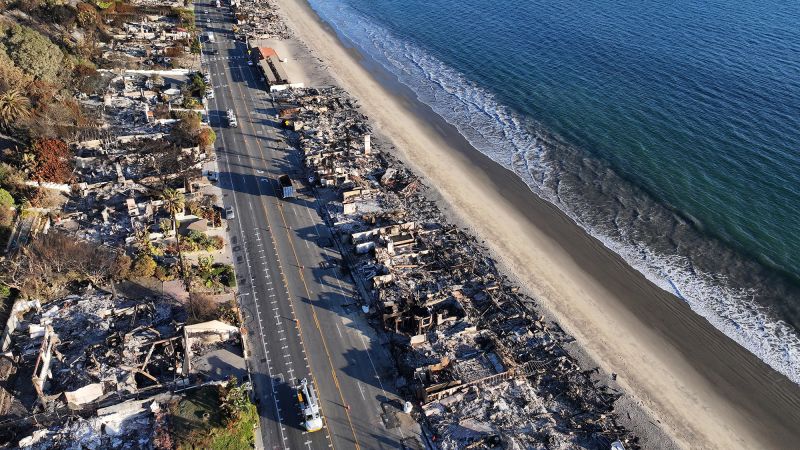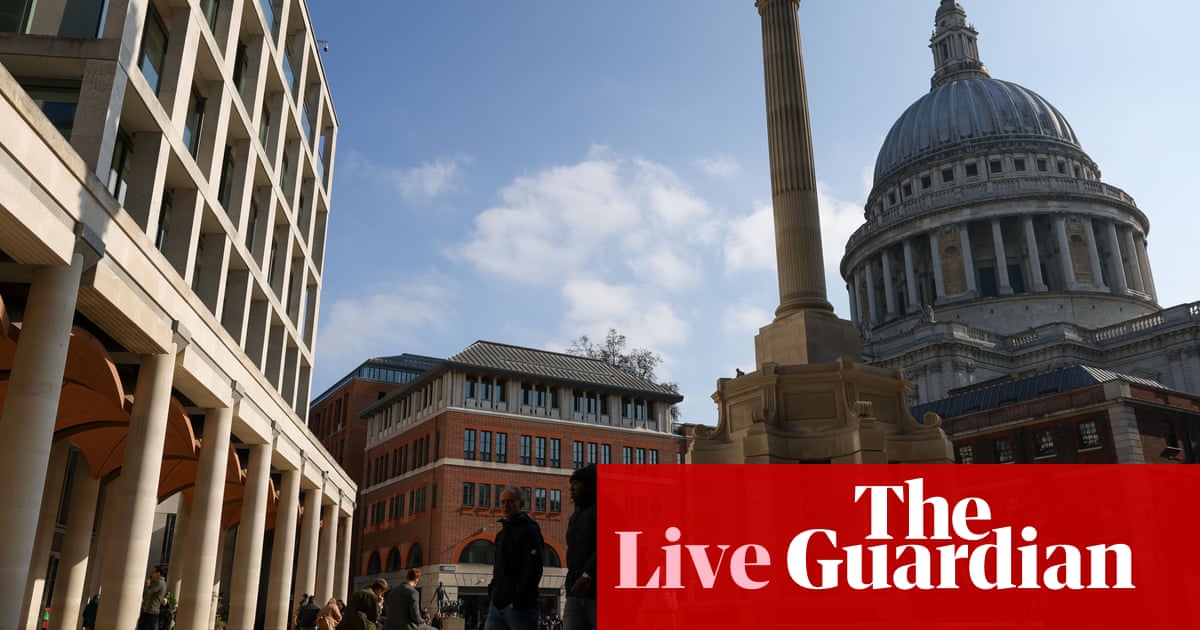T4K3.news
2025 records $84 billion in global insured losses
Gallagher Re reports the highest first half insurance losses since 2011 due to severe weather.

Insurers face record losses as storms and wildfires drive costs higher.
Global insured losses reach record levels in 2025
Global insured losses for the first half of this year have reached $84 billion, according to a recent report from Gallagher Re. This marks the highest total for the first half since 2011. The report highlights that severe convective storms in the U.S. contributed over $30 billion to these losses, making up 39% of the global total. Additionally, wildfires in Southern California have added significantly to the costs, with the Palisades and Eaton fires alone responsible for an estimated $40 billion in losses. Gallagher Re projects that 2025 could exceed $100 billion in total insurance losses, reflecting a worrying trend in climate impact and rising repair costs.
Key Takeaways
"2025 is on a clear path to surpassing $100 billion in insurance losses for the full year"
A stark projection from Gallagher Re highlighting the severity of current trends
"Higher prices associated with materials and labor mean insurers pay more to repair or replace homes"
This addresses the growing financial impact of inflation on insured losses
The rising costs in insurance claims highlight a growing crisis in how climate change impacts our lives. As extreme weather becomes more frequent, insurers face unprecedented losses that reshape market dynamics. Increased housing costs further complicate matters, driving up the costs of repairs and replacements. This situation reveals a need for better infrastructure and planning in vulnerable areas. The insurance industry is at a tipping point, and without significant changes, these rising expenses will become a new norm for both insurers and homeowners.
Highlights
- The insurance landscape is changing faster than we realize.
- $84 billion in losses reflects our climate crisis reality.
- Insurers brace for over $100 billion in losses this year.
- Rising costs could reshape the future of insurance.
Rising insurance costs pose economic risks
The significant increase in insured losses due to storms and wildfires may lead to higher insurance premiums and economic difficulties for homeowners. Addressing climate impacts and rising repair costs will be crucial for maintaining stability in the insurance market.
The insurance industry must adapt to a changing climate and rising costs.
Enjoyed this? Let your friends know!
Related News

Insurance losses soar to record levels

U.S. sees 15 billion-dollar weather disasters in early 2025
:max_bytes(150000):strip_icc()/GettyImages-2226699333-6e8ce3ffae0e4274b86ad24510648aa5.jpg)
S&P 500 and Nasdaq Close at Record Highs

FTSE 100 share index reaches 9,000 points

UK borrowing exceeds £20bn in June

Mortgage approvals increase as housing market stabilizes
:max_bytes(150000):strip_icc()/GettyImages-2209023675-7c517d7836cf45faa94f126c47dddf56.jpg)
S&P 500 Closes Mixed Following Earnings Reactions

Boeing cuts losses significantly in Q2 2025 earnings
